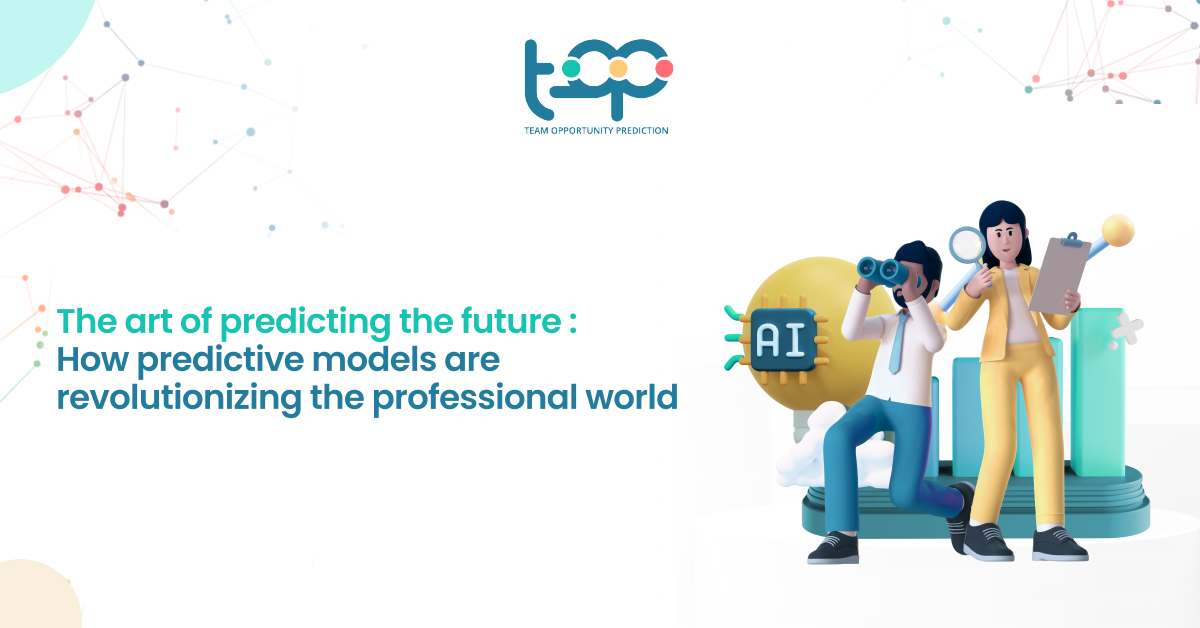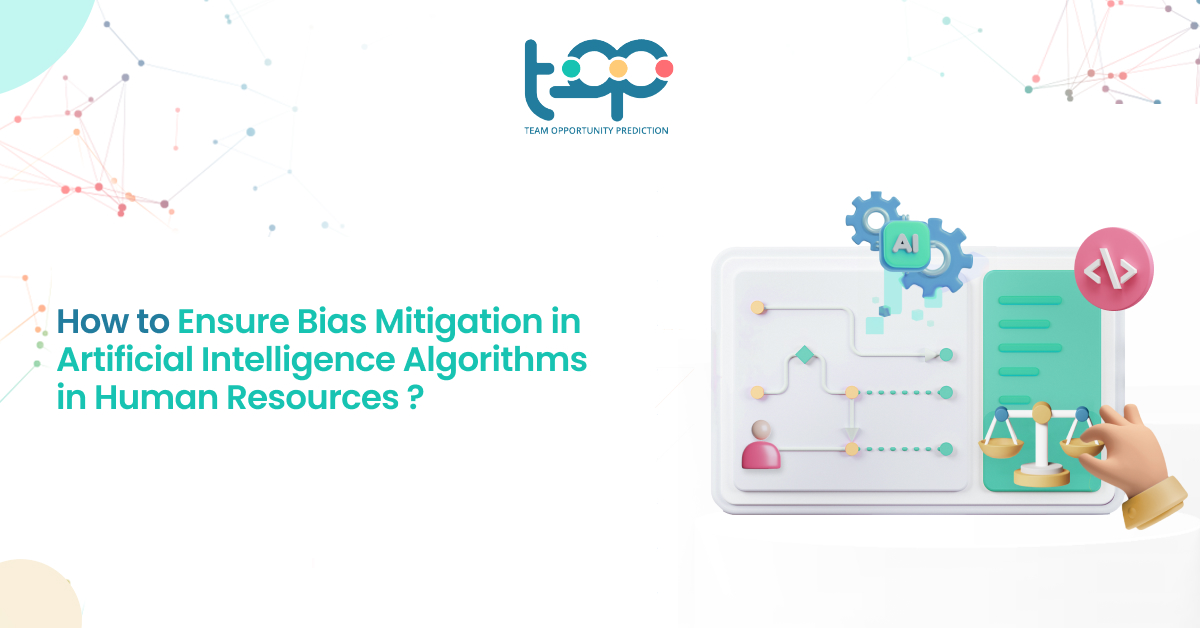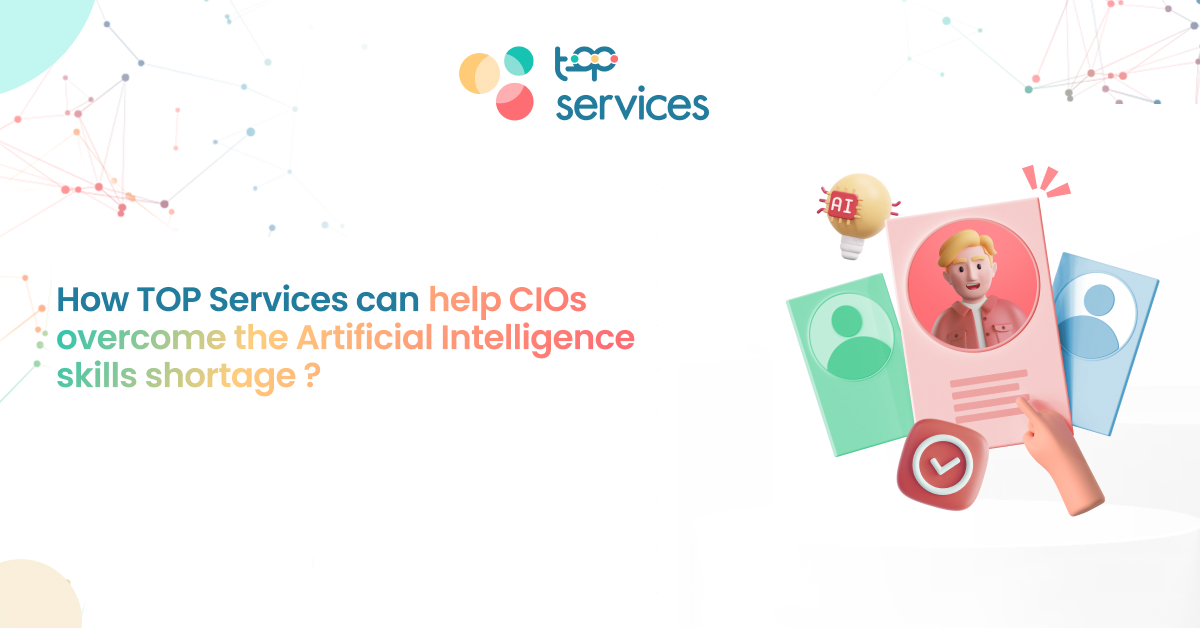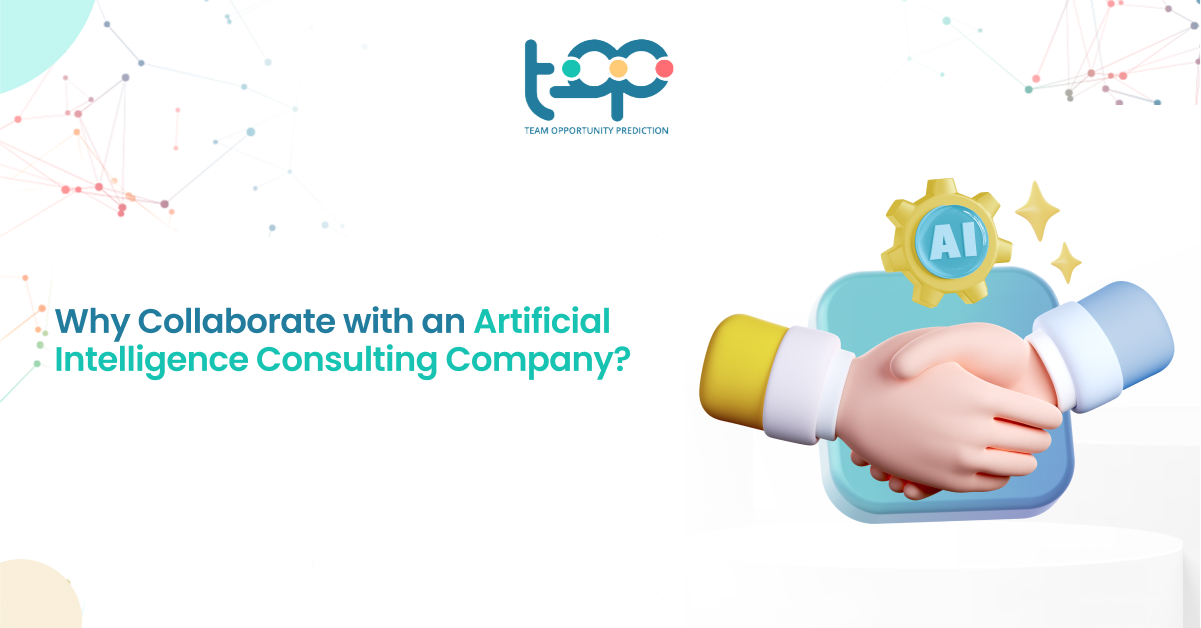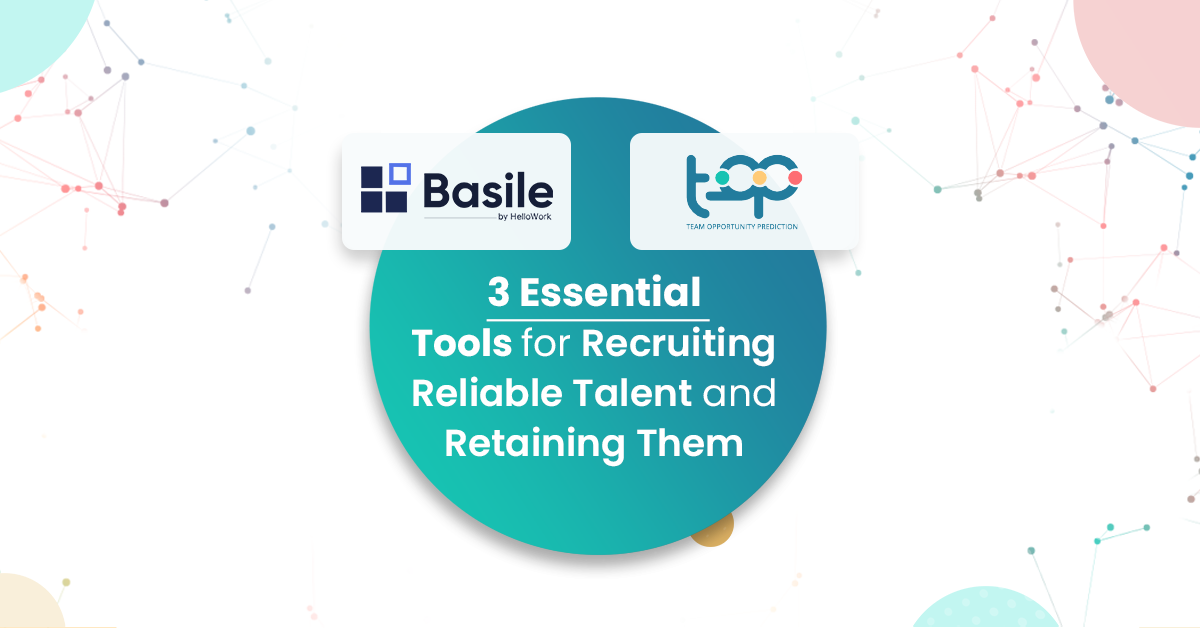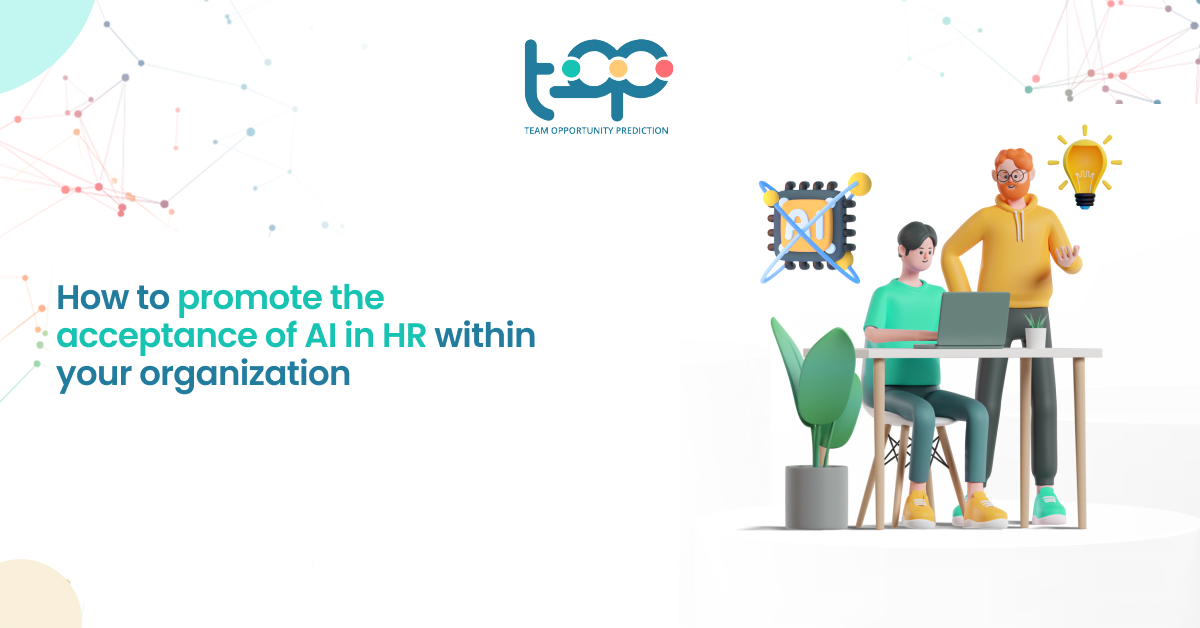In a constantly evolving professional world, companies are increasingly turning to digital transformation to maintain their competitiveness. At the heart of this transformation, artificial intelligence has its place. This technology allows for the automation and simplification of complex tasks, personalized service offerings, real-time interaction with customers, predictive analytics, and much more.
In this context, predictive models play a crucial role, offering companies powerful tools to anticipate market developments, conduct in-depth competitive studies, understand customer needs and behavior, adjust their strategies, and make informed decisions that help them stay ahead of their market.
In this article, we will explore predictive models: how they work, their application, how they are built, and their future trends.
Different Types of Predictive Models
Predictive models are an analytical and statistical technique that leverages both current and historical data, offering the possibility to create hypotheses and predictions about future events.
Thanks to predictive models, it becomes possible to anticipate emerging trends and detect both risks and opportunities. By combining the analysis of current and historical data, companies can make informed decisions that help maximize their growth potential.
To understand their construction process, predictive models generally follow several stages, including data collection and preparation. There are different types of these models in this context:
Regression Models
These models use one or more input variables to predict a continuous numerical value, such as a company’s revenue or a customer’s lifetime value.
Classification Models
The primary role of classification models is to classify data into two or more groups based on the provided input variables. These models are widely used in various fields such as fraud detection, customer segmentation, and even spam filtering.
Time Series Models
Their use focuses on predicting future values based on observed historical trends and patterns in time series data. These models are frequently deployed in various domains such as stock price prediction, weather forecasting, or estimating web traffic.
Clustering Models
This type of model is used to categorize data points based on their similar characteristics or behaviors. These models are often applied in customer segmentation and basket analysis, helping to better understand customer or product preferences and providing valuable insights for marketing and sales strategies.
Neural Network Models
Neural network models play a crucial role in identifying complex patterns in data. Inspired by the structure and functioning of the human brain, these models are particularly suited to specific tasks such as image and speech recognition, natural language processing, and predictive maintenance.
Decision Trees
Decision trees are essential tools for generating a visual representation of potential outcomes based on different decision paths. Their use extends to several areas, including risk assessment, fraud detection, and customer retention analysis. These trees provide a clear method for making strategic decisions based on multiple criteria.
Ensemble Models
Ensemble models represent a powerful approach in predictive analysis, combining several models to improve accuracy and reduce the risk of overfitting. Among the most common techniques are random forests, gradient boosting, and stacking models. These methods offer more robust and reliable predictions in a variety of contexts.
How Companies Integrate Predictive Models into Their Operations
Predictive models are widely used in various sectors such as finance, marketing, healthcare, and human resources.
Here is an overview of the different applications of predictive models adapted to each industry:
Marketing
In the field of marketing, predictive models allow for anticipating customer behaviors, preferences, and needs. By leveraging these predictions, companies can offer solutions tailored to customer needs before they even explicitly express them, whether through products, promotional offers, messages, or services. This approach, based on advanced statistical analyses, optimizes customer retention strategies and reduces churn by identifying and proactively addressing customer needs.
Healthcare
Predictive models enable the early detection of predispositions to diseases such as diabetes. By identifying risk factors and analyzing patients’ medical data, these models help healthcare professionals pay special attention to certain symptoms or schedule regular medical examinations for patients considered at risk.
Maintenance
In the maintenance field, predictive models are essential for ensuring the continuous operation of machines and systems. By anticipating potential breakdowns, these models allow for planning repair or replacement interventions before a failure occurs. This approach reduces unplanned downtime, improves operational efficiency, and contributes to extending the equipment’s lifespan.
Finance
In the finance sector, predictive models play a role in preventing and reducing fraud. In this context, financial institutions can take appropriate preventive measures. These models enable the implementation of optimal actions to counter fraudulent activities, thus protecting the interests of clients and businesses while enhancing security and trust in the financial system.
Human Resources
In the field of human resources, predictive models have become essential tools for effective talent management. These models allow for understanding employees’ behavior, performance, and needs. In this context, TOP, the SaaS solution, accompanies managers in reducing turnover rates by anticipating resignations. By conducting in-depth and predictive data analysis, these models identify resignation triggers. This anticipation allows HR managers to support managers in making agile decisions and implementing corrective actions to retain talents. Companies can better manage their personnel and maintain a work environment conducive to retaining key talents.
In this context, we can see that predictive models apply in different sectors, thus bringing many benefits to companies:
Improved Accuracy
Predictive models ensure a significant improvement in accuracy, often surpassing traditional statistical methods. This accuracy is particularly valuable in a wide range of applications, such as sales forecasting, risk management, and service personalization.
Informed Decision-Making
They allow for relying on concrete data rather than intuition or conjecture. These models offer an in-depth understanding of the factors influencing various operational aspects. Moreover, this approach enables decision-makers to assess risks more accurately and identify emerging opportunities to achieve their goals.
Increased Efficiency
These models contribute to increasing companies’ efficiency by automating complex tasks and facilitating data analysis. They can also process large amounts of data in record time, allowing companies to save valuable time and resources. This process automation also helps reduce human errors and ensure better productivity.
Competitive Advantage
Predictive models provide a competitive advantage to companies by identifying opportunities and enabling them to make strategic decisions ahead of their competitors. By analyzing data and predicting future trends, these models help companies anticipate market needs, identify gaps in their product or service offerings, and implement initiatives before their competitors do.
Key Steps to Building Effective Predictive Models
To anticipate future outcomes from data, building predictive models generally involves several steps:
Data Collection
The first step in developing a predictive analysis model is collecting relevant data from multiple sources. In this context, the quality of the collected data plays an essential role in the accuracy and reliability of the final predictive model.
Data Preparation
After collecting the data, it is essential to clean and transform it to make it usable for analysis. This step ensures that the data is structured appropriately for accurate and effective interpretation during analysis.
Feature Selection
During this phase, the most relevant variables or features are identified and selected from the collected data set. This selection ensures that only the most influential information will be used to build the model, thus improving its ability to generate accurate predictions.
Model Selection
With different types of analysis models available such as regression, decision trees, and neural networks, it is essential to choose the most suitable model based on the specific nature of the problem and the characteristics of the available data. This selection ensures that the chosen model will be the most appropriate for generating relevant predictions in the given context.
Model Training
During the model training phase, it is exposed to historical data to learn trends and relationships present in this data. This step is essential to allow the model to gain a better understanding of how to make accurate forecasts.
Model Evaluation
This phase aims to ensure that the model can provide reliable predictions on unseen data. Model evaluation determines its effectiveness and reliability, thus providing valuable insights for its future use in real-world applications.
Model Deployment
Once evaluated, the model moves to the deployment stage. At this point, it is used to make predictions based on new data. The deployed model plays a crucial role in aiding decision-making by providing valuable insights and helping companies understand trends and take proactive measures to maintain their competitive advantage.
These steps ensure the development of reliable and relevant predictive models. In this context, developing such models involves various best practices and challenges to consider. First and foremost, having high-quality data is essential to ensure the accuracy and reliability of predictions. Additionally, choosing the appropriate algorithm is crucial because different algorithms can produce different results. It is therefore essential to select the one that best fits the specific objectives. Furthermore, it is recommended to validate and update models regularly to maintain their accuracy and relevance over time.
With all these practices, companies can overcome challenges and optimize the effectiveness of their predictive models.
An Anticipatory Look at Future Trends and Emerging Technologies
Advances in predictive analytics have significantly evolved thanks to the integration of artificial intelligence technologies such as Machine Learning, Deep Learning, and artificial neural networks. This combination, known as augmented analytics, revolutionizes the way data is processed and interpreted. Indeed, it offers the ability to quickly analyze vast amounts of data, thereby revealing insights that traditional methods might overlook.
One of the strengths of this augmented analytics lies in its ability to make probability forecasts of future events more nuanced and accurate. This level of accuracy would not have been possible without the contribution of artificial intelligence, which enables the processing of complex information and transforms it into actionable knowledge.
Furthermore, augmented analytics simplifies the complex processes of predictive analytics by automating complex steps, such as building and testing predictive models. This automation speeds up the analysis process and also frees analysts to focus on more strategic tasks.
Another important aspect is the development of natural language processing (NLP). This technology allows users to ask questions and get answers in conversational language, simplifying the interpretation and understanding of results.
Thanks to their continuous evolution, the future trends of predictive models look promising. These advances will open up new perspectives in various fields such as marketing, energy, and human resources.
Here are some examples of their potential impact:
Human Resources
In the field of human resources, talent management will undergo a revolution thanks to the integration of gamification and neuroscience. Tools such as serious games will allow for a more in-depth assessment of employees’ skills and motivations. This approach will offer an interactive and engaging method for identifying talents while leveraging advances in neuroscience for a deeper understanding of human behavior.
Energy
In the energy sector, predictive models will optimize energy consumption and anticipate power outages. They will identify inefficiencies and risks, thus helping electricity providers to take preventive measures to maintain reliable supply.
It is important to note that while some cases already exist, the possibilities offered by the power of predictive models seem limitless, promising even more innovative and advanced applications in the future.
In the professional world, predictive models will become essential tools for anticipating market trends, identifying growth opportunities, and optimizing operational processes. By integrating technologies such as artificial intelligence, Machine Learning, and Deep Learning, these models will be able to analyze increasingly large and complex data volumes, thus offering essential strategic insights for companies.
